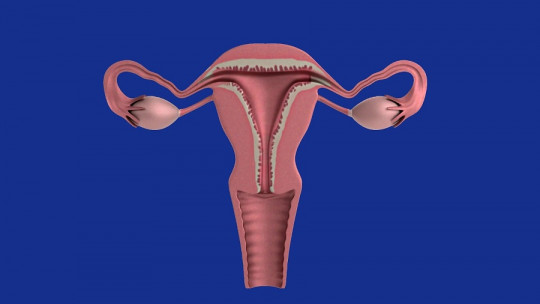Generally, Sexology professionals who were trained more than a decade ago were only talked about pelvic floor to stop at the explanation of Kegel exercises as part of the treatment of vaginismus.
However, after some years of clinical and training practice, and through professional relationships with many colleagues, it is easy to detect a fairly widespread agreement: The importance of the pelvic floor in health, well-being and the positive experience of sexuality is central
What is the pelvic floor?
The pelvic floor is a set of muscles and ligaments that is usually one of the most forgotten when it comes to our health care, but when it is not in the appropriate conditions – at least minimal -, it can produce a significant alteration of basic functions. in our daily lives.
To the question of why the pelvic floor is important can be answered from very different orientations:
In this way, an adequate tone of the pelvic floor would contribute to sphincter control and prevent organic prolapses. But also There are two answers that are highly relevant from the sexological and psychological framework :

The trap of extremes
There are many articles that talk about the different vulnerability factors that can impact the good tone of the pelvic floor : pregnancies and births, menopause, constipation, impact sports, moving or carrying weight regularly, being overweight… And that leads many people (both men and women have a pelvic floor and therefore are susceptible to its impact, both negatively and positively) to the trap of “since I’m not going to do it perfectly, I end up doing nothing.”
This mental trap, which has a lot to do with dichotomous thinking, demands and the establishment of mismatched objectives that do not bring us closer to achieving changes, we know has an impact on numerous health care processes.
Food is a good example (“as I have not eaten 100% healthy, I enter the dynamic of eating ultra-processed or foods of low nutritional quality without any type of measure”), but so is quitting smoking (“although I had been 10 days without smoking, I’ve taken a puff and I’m ready to go back to smoking like before”), or sleeping enough hours (“I’m only going to sleep 6 hours now, so what difference does it make if I stay on my phone longer?” ).
On many occasions this trap can be accompanied by fear. Fear of trying and failing, fear that what I want to achieve will not be enough to feel good, fear of realizing that my situation is worse than I thought fear that it is too late and things cannot be changed…
What to do to take care of the pelvic floor?
We know that fears usually have a strong connection with avoidance, conformity and self-deception; However, there is always room for maneuver, and regarding the care of the pelvic floor, here are 3 recommendations.
1. Discriminate what is reasonable and adjusted to the situation, from what is not
Although it may be frequent, It is not nor should it be normal for young people, or those without any pathology, to leak urine Clearly, there is nothing to be ashamed of when a person for organic reasons does not have the full capacity to control their sphincters, but from there to normalizing the fact that we can leak a little pee when we laugh a lot or sneeze, there is a big distance. .
- You may be interested: “Elimination disorders (in childhood): causes, symptoms and treatment”
2. Know the gradient of care options available to you
To get out of the dynamic of doing 100% or 0%, it is important have a mental picture of what it would be like to do 20%, 38% or 87%
There are a multitude of options with different degrees of involvement that can put you on the path to taking care of your pelvic floor.
Search for an article on the Internet about pelvic floor and Kegel exercises, watch a tutorial on how to eliminate risk factors for the proper tone of this muscle, visit a physiotherapist specialized in pelvic floor for an evaluation, sign up for Pilates in a space in which they also train – if they do them well – hypopressive exercises, get hold of some of the gadgets that are marketed to train more easily… The options are not few.
- Related article: “8 keys to maintaining motivation and achieving your goals”
3. Pay attention to key moments
Having adequate tone of the pelvic floor muscles is something that never hurts. However, in the case of women, Paying special attention during pregnancy, postpartum and menopause is essential
Concluding…
This is not intended to be an exhaustive article about the pelvic floor or how to take care of it, rather a text that encourages us not to let the trap of “since I’m not going to do it perfectly, I end up doing nothing” trap us and immobilize us on an issue. with so much positive potential for our health.









